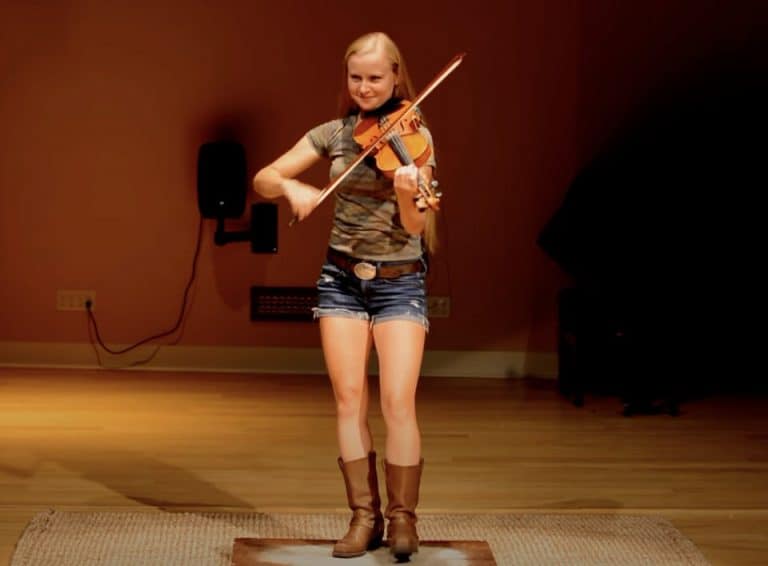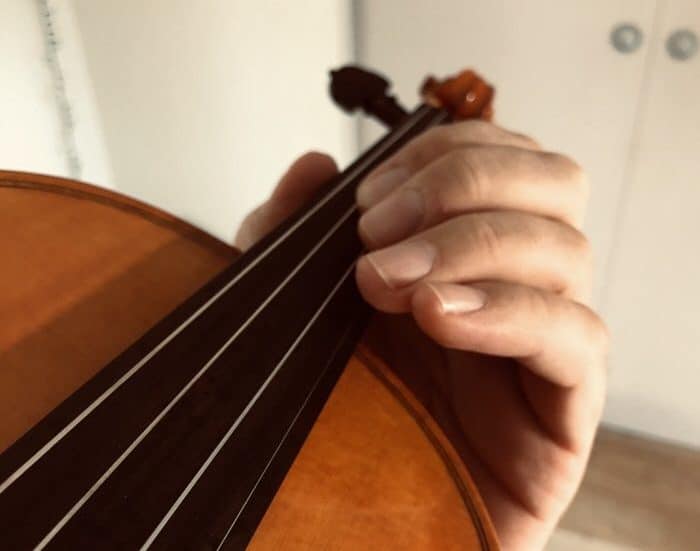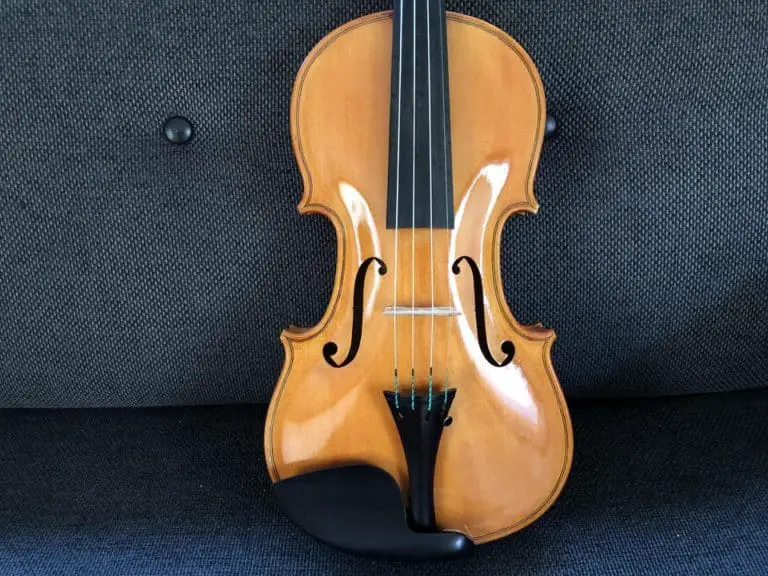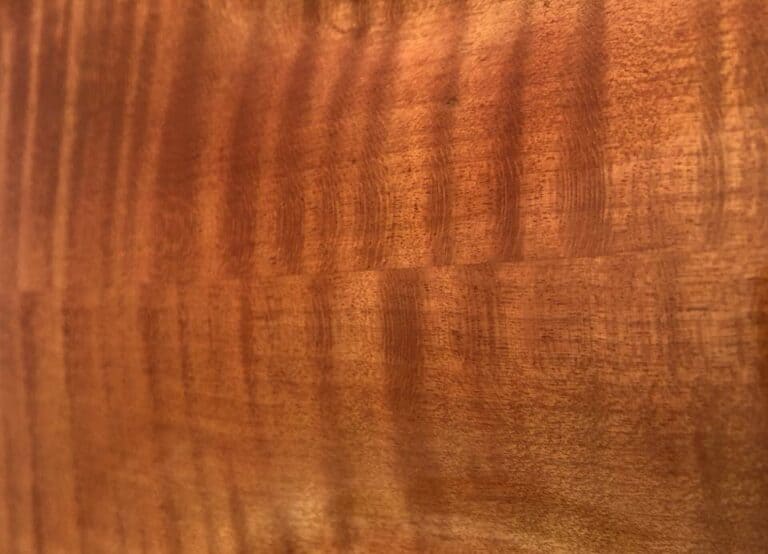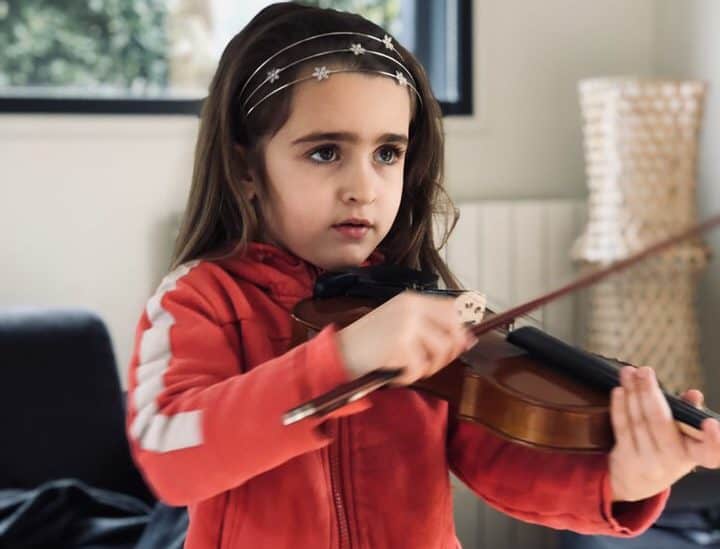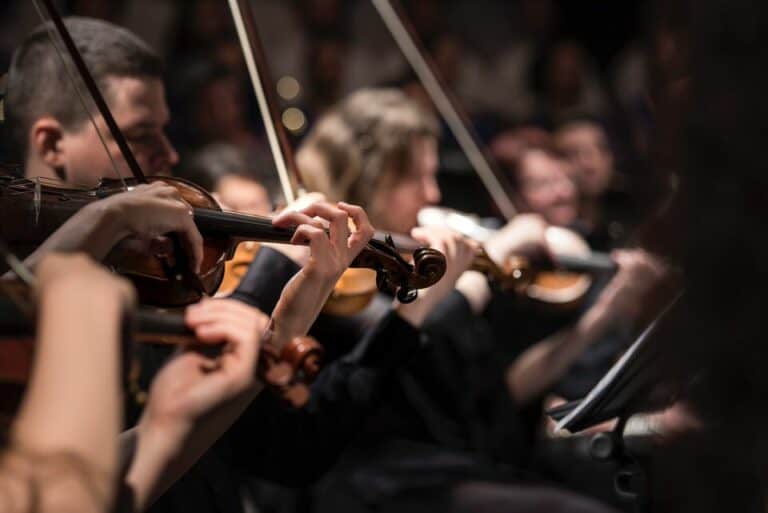Are there Tabs for Violin? Reasons NOT to use them
Tablatures have been created for guitars or any instruments with frets. The notes still use general conventions for rhythm, but the note itself is replaced by a number. That number is the fret where the finger is. This has several advantages. First, a beginner doesn’t have to learn how to read notes. Then they give a clear indication about where to play on the fingerboard. For a musician with no classical training, this is clearly easier.
Tablatures, or tabs, have become really popular. They are the best way to sell, buy, and learn music for non-musicians in a non-classical environment. Can the violin benefit from such a trend? Can the violin be easier to learn with tabs? How can tabs bring sheet music, popular music, world, and rock music to violinists?
Tablatures exist but are not used for the violin. The violin doesn’t have any frets. The violin has a smooth fingerboard with no marks on it. Fingerings are organized in positions. In a position, sharp, natural, and flat notes correspond to a position of the finger: round or extended.
There is no shortcut: the violin has to be learned by feeling and ear.
But, for a beginner, can tablatures be of any help anyway?
To really understand, I will present you with the well-known beginner song “Twinkle Twinkle little star” written in as many types of scores or tablatures as possible. You will clearly see and understand the pros and cons of each one and why a guitar-like tab is not preferable.
Here is the usual score, which may be intimidating for a beginner, but read at a glance by someone who can read music:

1. Tabs for violin beginners only
The violin fingerboard is small, smooth, and fretless, as opposed to the guitar one. So it is rather impossible to play based on the eyes looking at the fingers and the fingerboard. It can be worth a glance for a beginner, but no more.
Here is why strict tablature without context is out of the question for the violin. First, here is the board in any key:
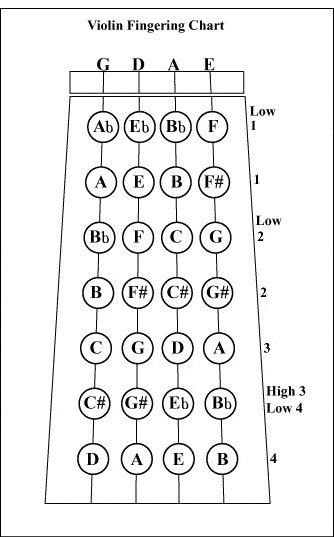
Then, here is our tablature:

Quite difficult, isn’t it? And, above all, it doesn’t give any clear indication about how to play it. It reads “virtual frets” numbers instead of finger numbers. Maybe the regular score is easier to read. That is why tablature is contextual for the violin.
Now, if we divide tablature into two different categories:
- patterns: this can be useful as a representation of the position of the fingers on the board. This position is either absolute (first position, for example) or relative (can be used anywhere on the fingerboard). Pros: It can be a good idea to make a mental map of what to play and remember it. Cons: not often useful, only for interesting special patterns.
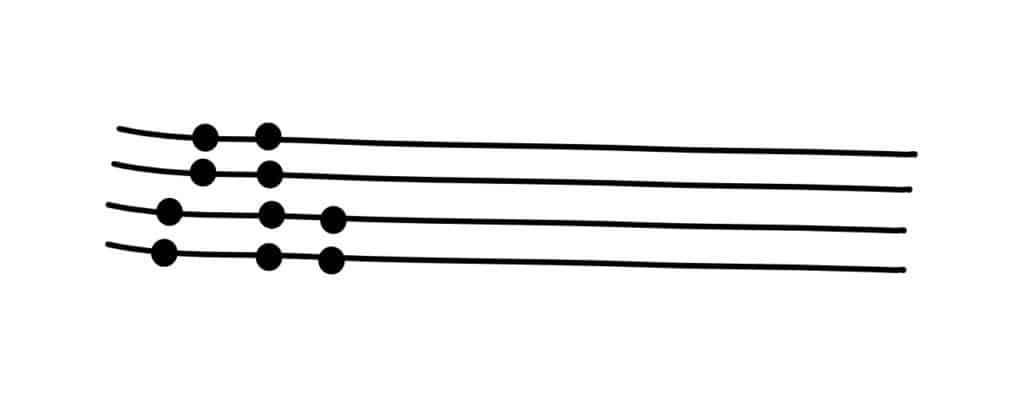
- Actual tabs: real tablatures can be a stepping stone for beginners. It can give a good push start to play “Twinkle Twinkle little star”, for example with open strings and first position. But we have to remember that guitar tabs are based on frets (that is to say half step intervals), and a violin representation based on half-step intervals is incomprehensible. That is why tablatures are based on fingers. And that is why the physical representation of the board has to be given beforehand, and the tablature is only applicable in a single key.
The key and the notes have to be explained before the tablature is understood into music.
This is the physical representation of the board:
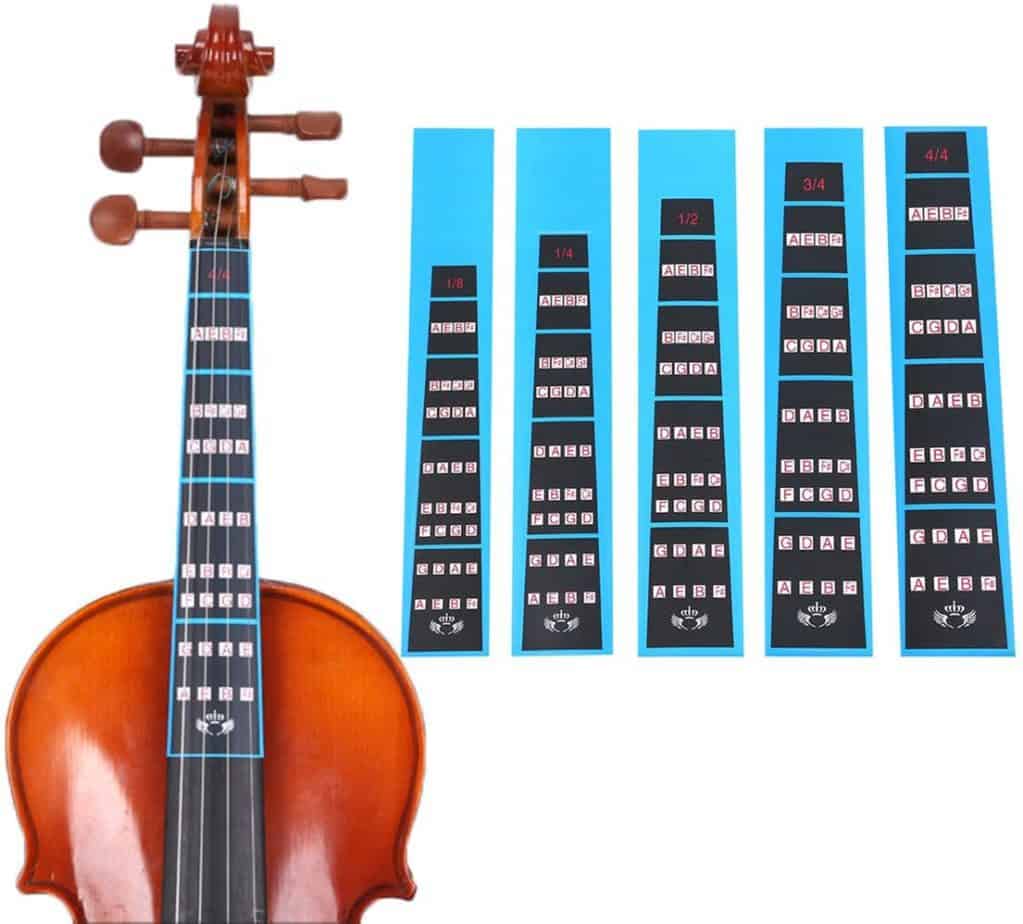
And this is the pattern score of “Twinkle Twinkle little star”. It is understandable only if is given to the musician the map of the fingerboard and where to put the fingers:

This can be interesting, but no chromaticisms, no change in harmony is allowed here.
So violin tablatures are contextual, harder to read, and do work in a single key. That is a no go for tunes with harmonies and modulations a bit more elaborated than beginners’ ones.
- a case where tablatures can be interesting: folk music with a single key and a lot of open strings. In those edge cases, tabs can be useful to start giving a vision of what needs to be played without using actual notes.
2. Score with fingerings and string annotations instead of violin tabs
There is a good in-between for beginners to intermediate-level violinists. It is a classic score but with the exact fingering and position written for every note, together with the name of the string to play. For sure, there are many indications on the score, but it is the strict equivalent to a tab in the end. It has the added advantage that you will start and improve your reading skills, day after day, and you will eventually be able to sight-read quick fast eventually.
Here is our “Twinkle Twinkle little star” score in that context. You see the notes, but you have the finger number written on top together with the string to play:

As you see, it is not far from tablature notation, but you get to read the actual notes. So it is maybe slightly more difficult the first weeks, but you will gain an ability to read music that will prove to be important, maybe crucial, for your whole life as a musician. This has to be really considered.
3. The positions make it impossible to use tabs
Tabs for the guitar indicate what fret to put our finger in, even up the fretboard to the highest notes ( up to 24). This can’t be done on the violin, whether you count whole-step or half-step notes. You just don’t have any visual clue about where to play by looking at the fingerboard. Remember all those tiny micro-adjustments you have to perform in order to play in tune? How can you get there by a number?
So apart from the first position, there is no way violin tabs could be even considered.
You have to create mental shapes of your fingers on the fingerboard. So a drawing can help to visualize and memorize those shapes: that’s helpful. The is an edge case when a drawing can be used, but it is not a tablature per se.
4. Scordatura: a historic hybrid tab system for violin
Well, this is an advanced topic for sure, but it is strange enough to be worth explaining here.
Historically, in baroque Italian, there is a strange fact to tell. A kind of violin tablature before the concept of tablature existed. Like the guitar, different tunings exist for the violin as well. Some baroque music was very akin to dance or folk music at the time, with a lot of open strings and pedal notes. Depending on the tonality of the piece, it could be of great interest to tune the violin differently. But if chords were ok, how could you possibly play fast passages with a re-tuned violin? With all the years old reflexes built into your hand, it just seems impossible! That is why Scordatura was invented: on your score was written both the scordatura type (the way the violin should be tuned) and the notes written as if the violin was tuned the usual way! That is to say, the written notes weren’t corresponding to the played notes only for the position of the finger… Those are true tabs for sure. For example, a C on the G string meant the 3rd finger is in its place on the first position but was played and heard Bb if the violin was tuned in F.

